As we approach Cultural Day and Kiswahili kitukuzwe at Rightway Schools, we proudly celebrate the spirit of unity through diversity. Tanzania is home to over 120 tribes, each with its unique identity, values, and practices. This year, we shine the spotlight on five remarkable tribes: Sukuma, Kurya, Sambaa, Luguru, and Gogo. Through their stories, we honor Kiswahili as a unifying force and celebrate the deep beauty of our nation’s heritage.
Kiswahili Day Celebrations at Rightway School,
Every year, Rightway School joins the nation in celebrating Kiswahili Day on July 7th. This day, officially recognized by UNESCO, is dedicated to honoring Kiswahili and its role in promoting cultural cohesion and national pride. Our celebrations include a variety of activities that highlight the richness of Kiswahili and Tanzanian culture. Learners participate in traditional dance performances, poetry recitations, and cultural exhibitions.
Join us as we delve into the vibrant world of Tanzanian culture and the joyous celebrations of Kiswahili and cultural Day at Rightway School , where we honor our traditions and look forward to a bright, united future.
The Cultural day and Kiswahili Kitukuzwe this year will be celebrated on Friday, 1st Aug 2025 here at Rightway Schools from 10:00am -03:00pm You are all welcome to join us in celebrating our culture and our traditions.
THE SUKUMA TRIBE
Location & History: The Sukuma are the largest ethnic group in Tanzania, mainly found around Mwanza, Shinyanga, Simiyu and Geita regions. The name “Sukuma” means “north” in Kiswahili.
The Sukuma traditional leader was titled “Mtemi”
Attire: Traditionally, Sukuma people wore animal skins. Today, they wear khanga, kaniki kitenge, or simple wraps, with women accessorizing with beads.
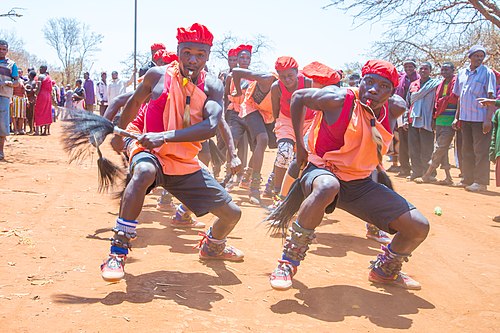
Housing (Nyumba za Asili): Sukuma people lived in traditional round mud huts with thatched grass roofs, often built within family compounds that included livestock enclosures. These houses are called Msonge.
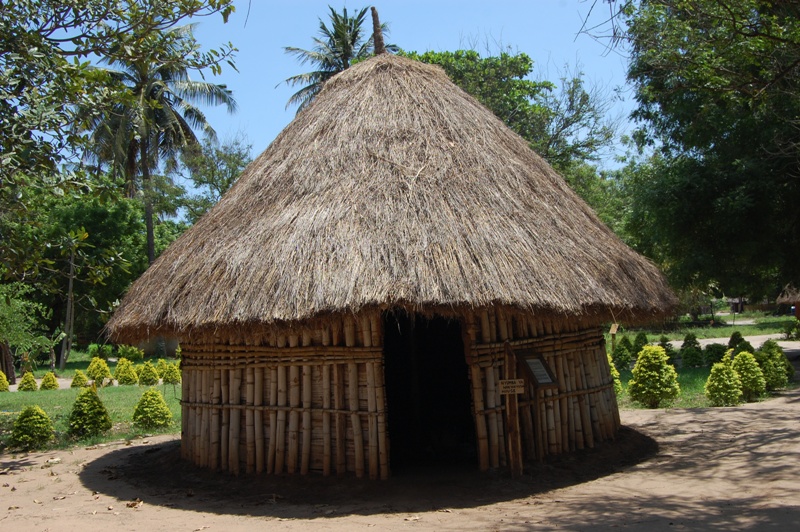
Traditional Dance: Bugobogobo – A vibrant, energetic dance involving drums, acrobatics, and storytelling.
Food: – Ugali with meat or vegetables, Fermented milk, Michembe, sweet potatoes, (Maziwa mgando) – Millet porridge, Makande
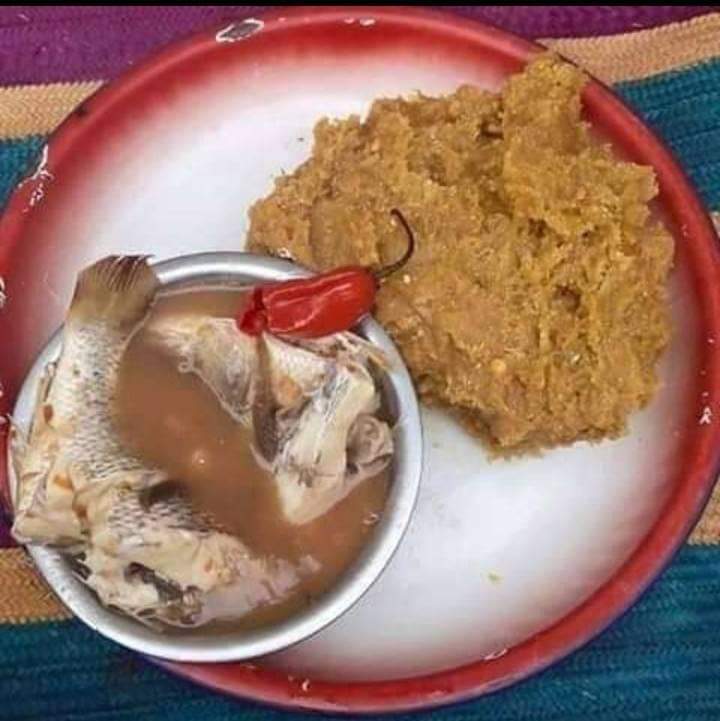
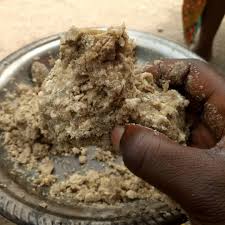
- Greeting: – “Inkweba/Ng’washi/eminza/Ikamba/Ingolo, Isega” (Younger to elder) –
- “Ng’wababa/Ng’wagoko/Ng’wamayo/ Ng’wanene (Elder’s response)
THE KURYA TRIBE
Location & History: Found in the Mara Region, the Kurya are known for their warrior traditions and clan structure.
The Kurya traditional leader was titled “Mtemi”
Attire: Men wore skins and carried spears; women adorned beaded skirts and necklaces.
Housing (Nyumba za Asili): Kurya homes are traditionally known as “Msonge”
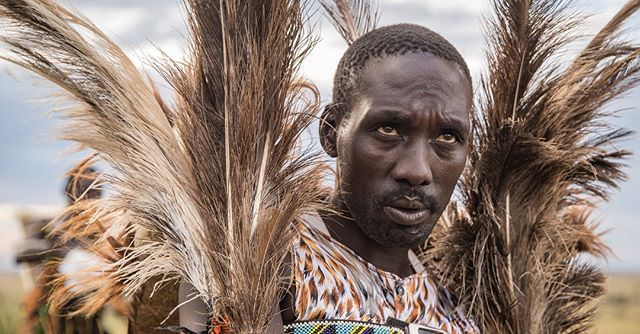
Food:
- Meat, Milk, Kichuri, Ugal (Ugali wa mtama), Twogwa




Greeting:
- Greeting: – “Tata” – Response: “Bhabha”
- Bwakire buya (Good morning)
- Ure buya?(How are you)
Traditional Dance: Iritungu (Ritungu) – A rhythmic dance performed during celebrations and rites of passage.
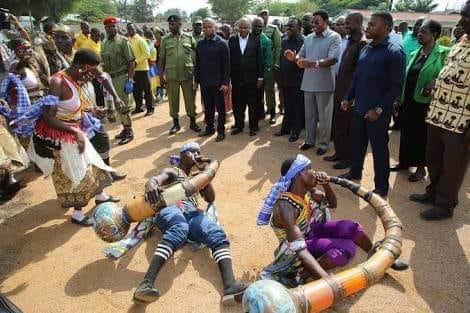
THE LUGURU TRIBE
Location & History: Found in Morogoro, also known as Waluguru. They are matrilineal and live in mountainous areas.
The Luguru traditional leader was titled “Kingalu”
Attire: Women wear khanga and kaniki in layers with headscarves; men wear wrap cloths and misuli.
Housing (Nyumba za Asili): The Luguru build traditional round huts known as nyumba za msonge, and banda made of mud walls and grass thatched roofs—cool and well-suited for hilly climates.
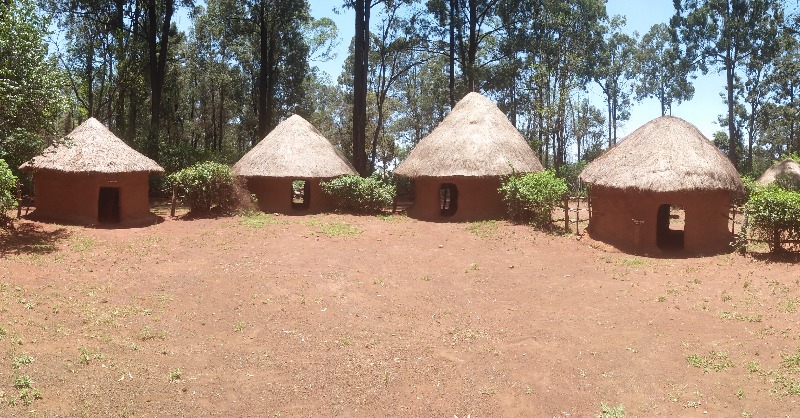
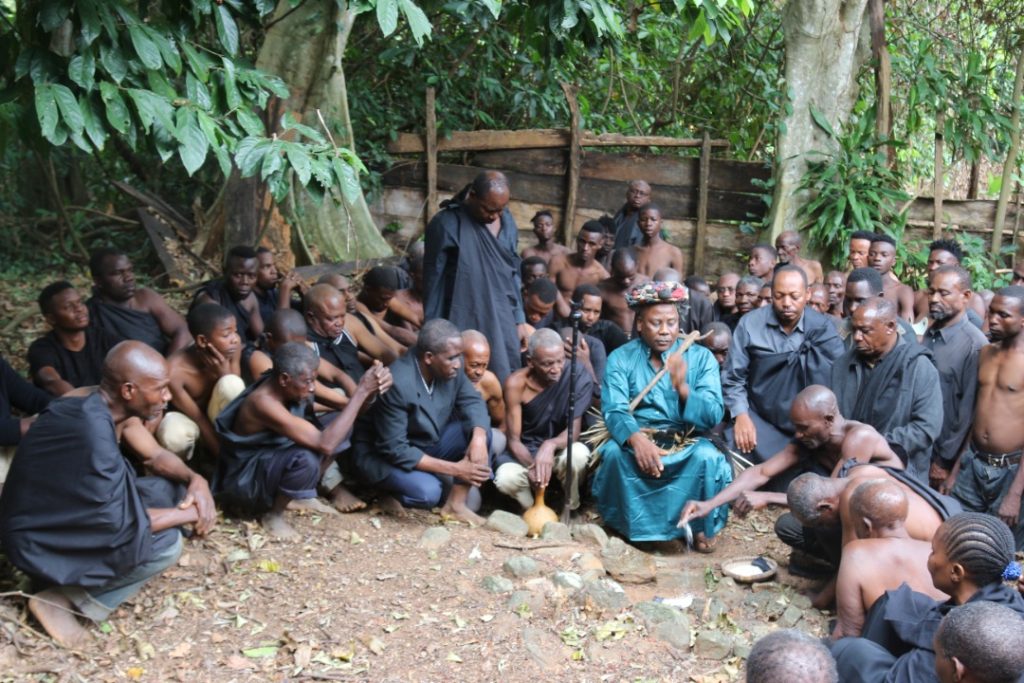
Food:
- Magimbi, Cassava, Mrenda, Ugali wa muhogo, Nguruka, vegetables (mchunga)
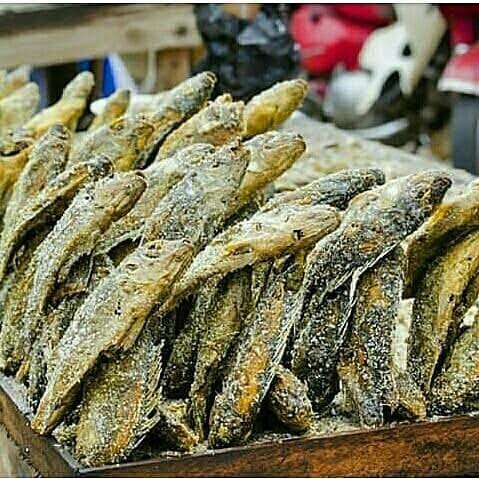
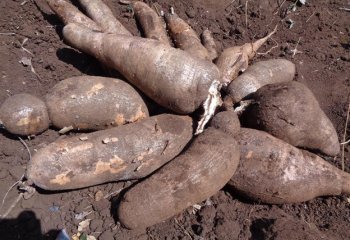
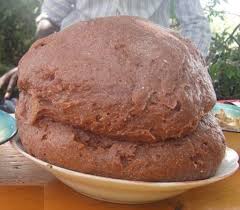
Greeting:
- Goodmorning: “Amwasilile”
- Response: “Anoga”
Traditional Dance: “Mbeta” – A graceful, rhythmic dance usually performed by women in traditional ceremonies.
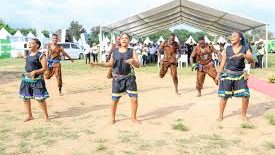
THE SAMBAA TRIBE
Location & History: “Wasambaa” refers to the Shambaa people, an ethnic group primarily residing in the Usambara Mountains of northeastern Tanzania. They are also known as the Sambaa, Shambala, Sambala, or Sambara.
The Sambaa traditional leader was titled “Zumbe”
Attire: Colorful khangas and headscarves for women; men wear wraps or simple attire.
Housing (Nyumba za Asili): “vitinga” Sambaa houses are commonly made of wood and mud with sloping thatched roofs suited for mountainous weather.
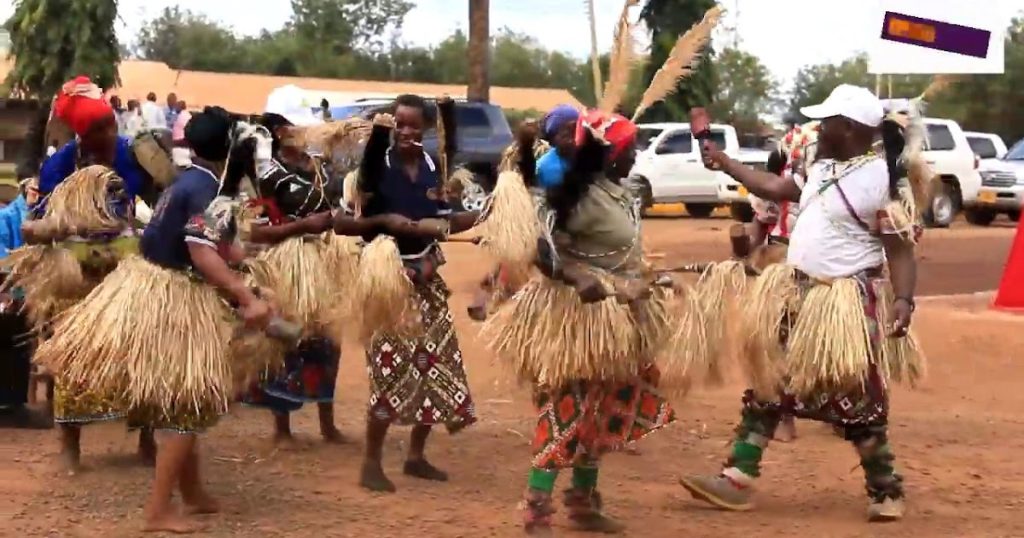
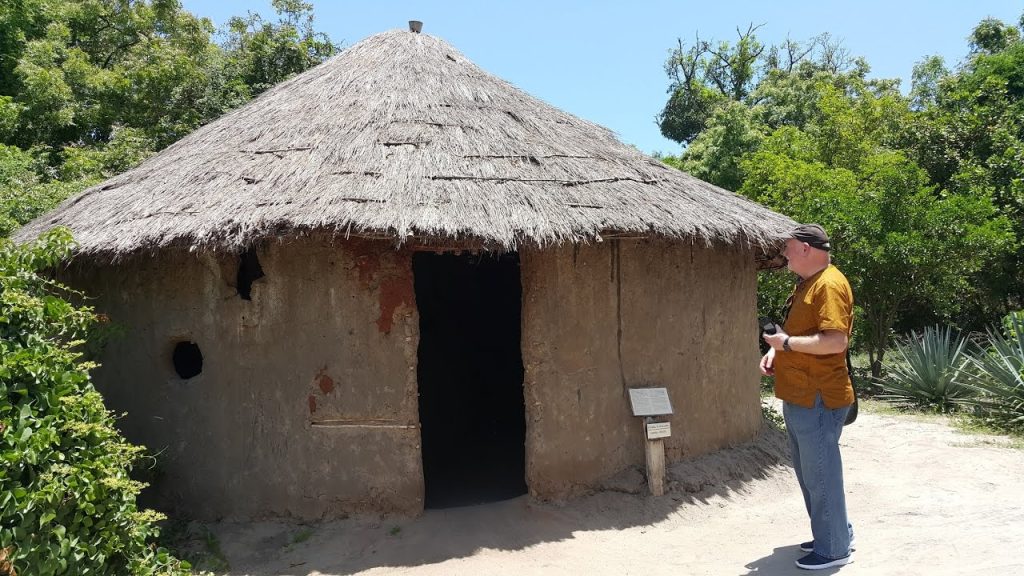
Food:
- Matoke, sweet potatoes, cassava Coconut rice, Local vegetables, beans.
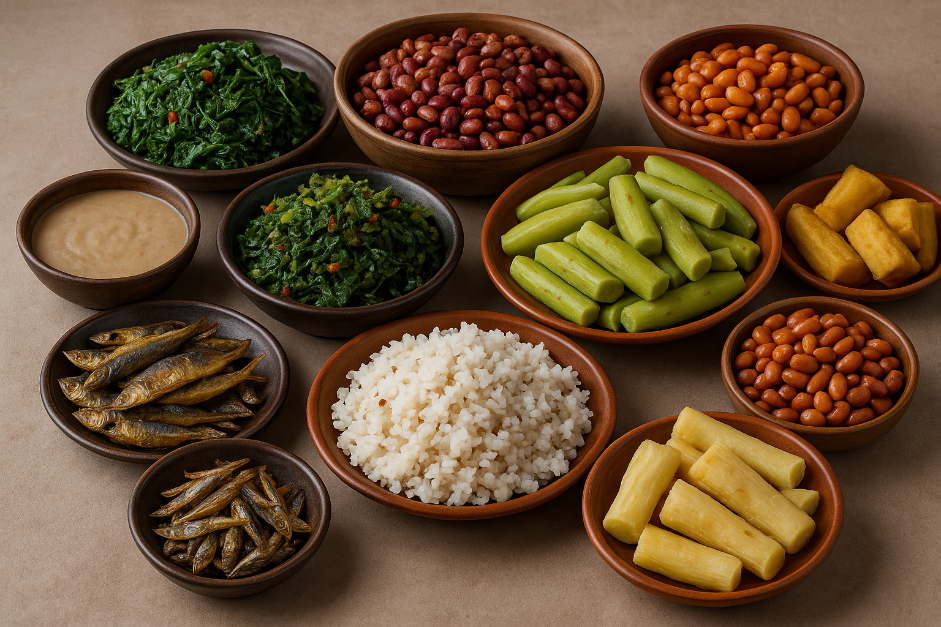
Greeting:
- “Bhuja” (Hello) – “Bhuja sana” (Response)
Traditional Dance: Mdumange – A celebratory dance performed during harvest and communal events.
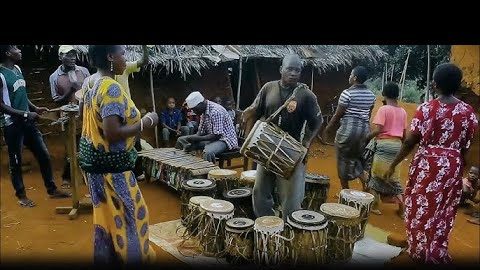
THE GOGO TRIBE
Location & History: Mainly in Dodoma Region, the Gogo are known for endurance in dry climates and storytelling.
The Gogo traditional leader was titled “Mtemi”
Attire: Men-lubega, Women kaniki .
Housing (Nyumba za Asili): Gogo houses, known as “Tembe”, are low mud houses with flat roofs, designed to keep cool in the semi-arid Dodoma environment.
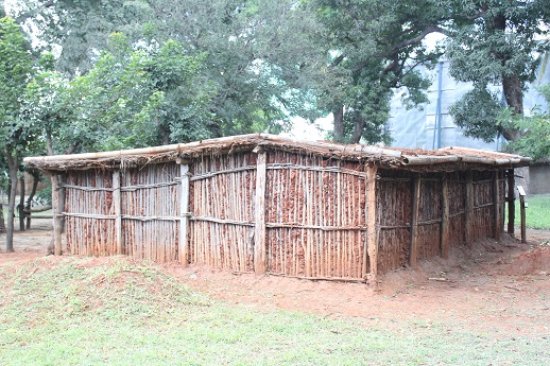
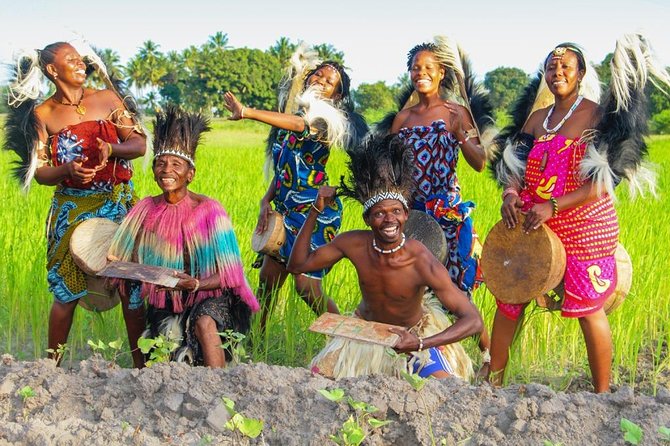
Food:
- Ugali wa uwele
- Mlenda (local greens)
- Sour milk (Maziwa ya mtindi)


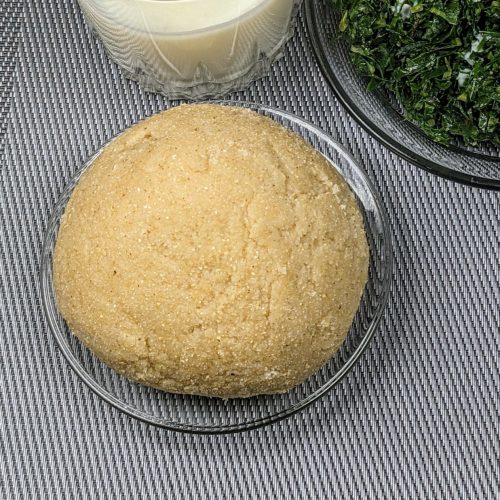
Greeting:
- Women: mbukwenyi – Ngukwa (Morning)
- Men: Gonowenyu – Halegonowenunyenyu
(Morning)
- Women: Minahenyenyi – Misaa (Noon)
- Men: Soluwenyu – swee-halesoluwenyunyenye (Noon)
Traditional Dance: “Sansa” – A spirited group dance with clapping, drumming, and chants.

We’d love to hear from you!
Which tribe do you come from, and what unique traditions or stories do you treasure? Feel free to share — let’s keep our heritage alive and celebrated together!

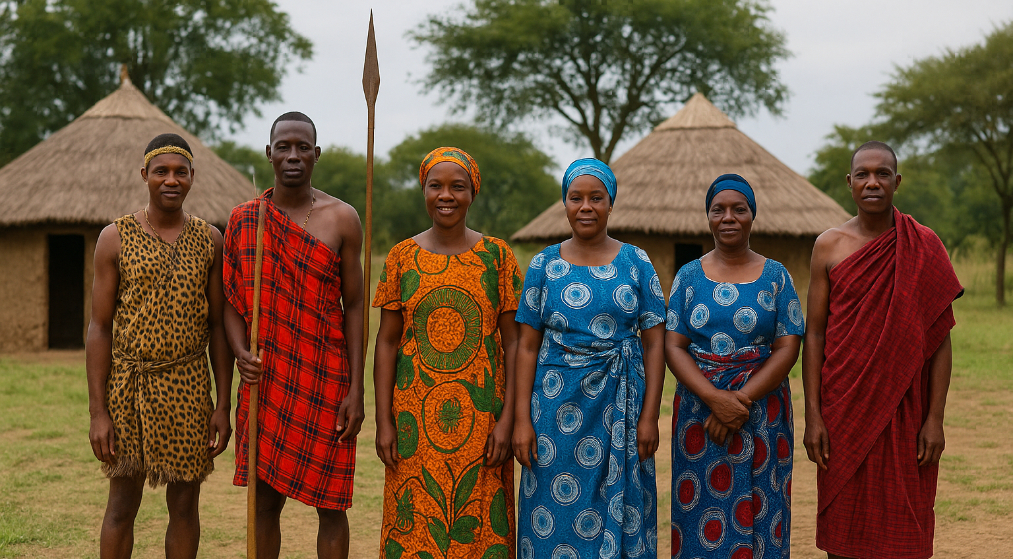
Best summarised…I like the diversity. The food OMG.